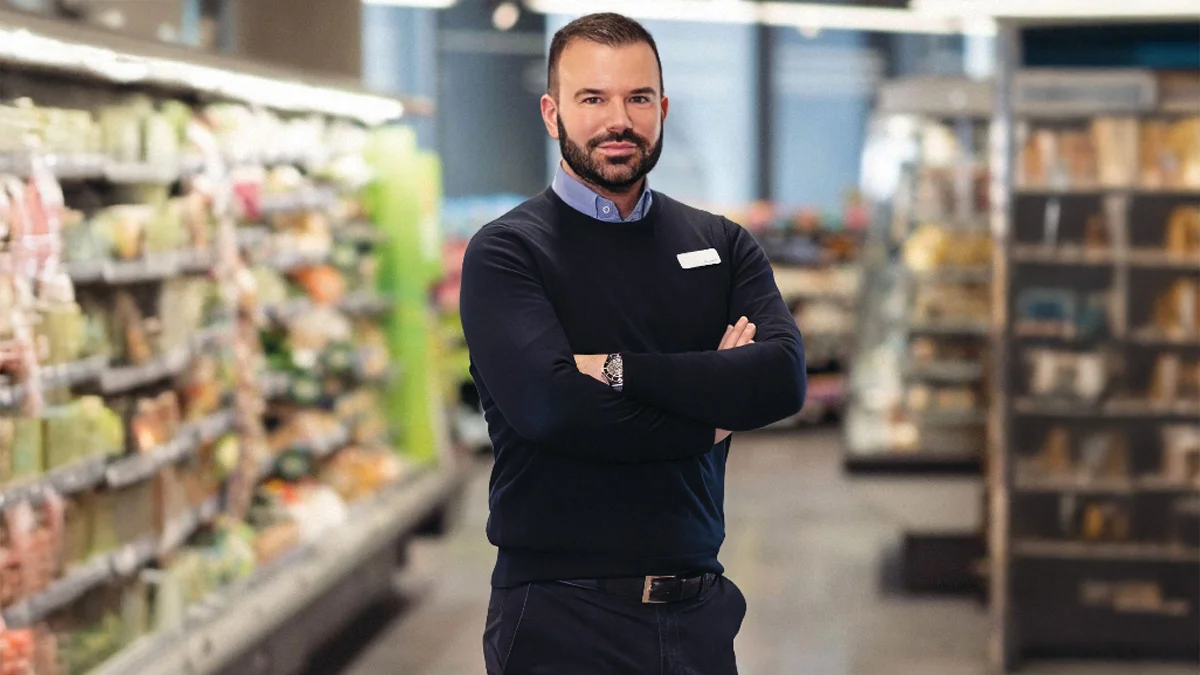
Stuart Machin is the number one menswear customer at Marks & Spencer. He is a prolific purchaser of everything from trainers to jumpers and trousers, according to data from the retailer’s Sparks loyalty scheme. This offers an insight into how Machin runs M&S. Because he is not just the number one menswear customer, he is also the chief executive. And he is obsessed with being in the details.
“Everything new, I buy,” he says. “In fact, I just ran into a store yesterday, mainly because I’d run out with a puffer jacket on and I wanted a jumper. I wrote to the team and said, ‘Well done.’ I’m normally moaning there’s no small or medium. But there was a black, medium crew-neck jumper.
“The store manager came running up to me. I said: ‘I’m only running in to buy something. How are we doing?’ We went around [the shop] and I said: ‘Gosh, we’ve got exactly what I want available. I don’t have to moan at the team or write to them.’ One of our new denim shirts had arrived. So I looked at it and said, ‘Right, I’m buying that now.’”
Machin thought he would also be the top M&S food shopper over Christmas. “With my Christmas food order, I thought I would be number one and I wasn’t,” he says. “I was quite pleased about that because it meant many customers beat me in how much they ordered M&S food. That’s a good thing.”
Machin has overseen a remarkable turnaround at M&S alongside Archie Norman, the chairman. When he was named chief executive in May 2022, shares in M&S were languishing at around 130p per share. They are now priced at around 350p – nearly treble. We often talk about the billions of pounds of value that entrepreneurs create by starting new businesses, but more than £3bn has been added to the stock market value of M&S during Machin’s tenure.
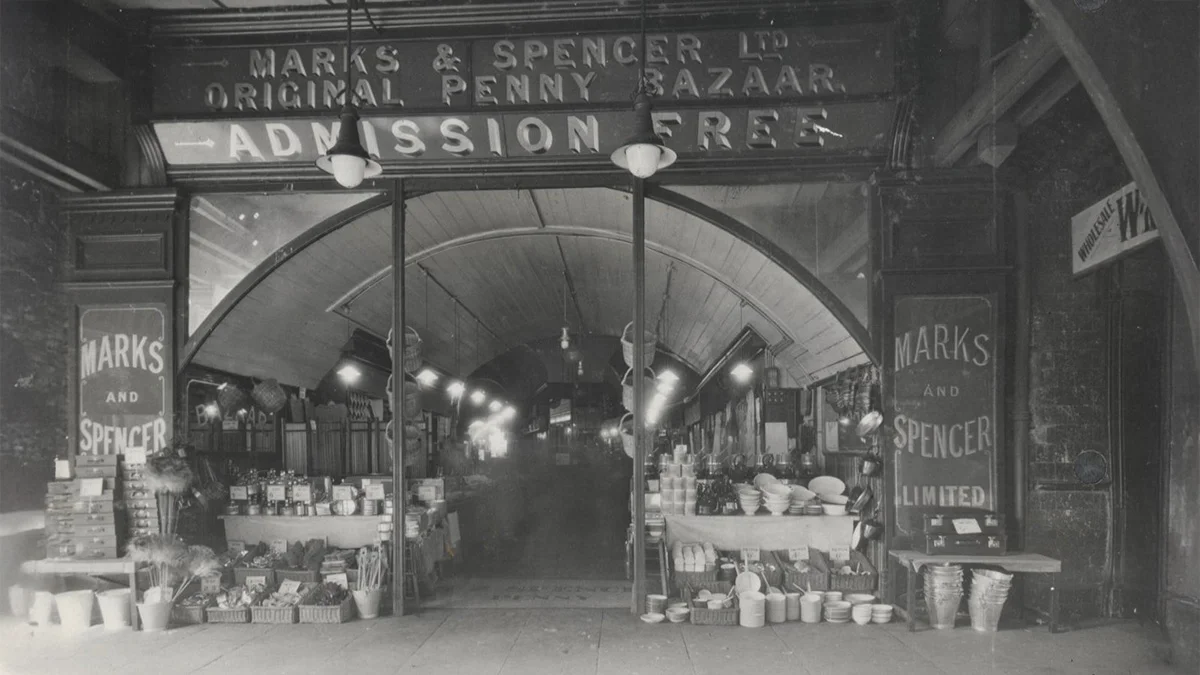
However, according to Machin there is still a long way to go. He says he is “positively dissatisfied” with the performance of M&S. “We’re still on that journey,” he says. “You have to be careful you don’t have rose-tinted spectacles because the tendency is always to think it’s better now.”
M&S was founded as a penny bazaar in Leeds in 1884. It was run by Michael Marks, a Polish Jew who had immigrated to the city, and Thomas Spencer, a cashier from Skipton in North Yorkshire. It soon grew into a British institution. Today it is arguably the best-known business in the country.
However, M&S has struggled for much of the 21st century. It lost market share to new international, discount and online rivals, and profits slumped. A series of highly rated bosses and management teams tried to revive M&S and return it to its former glory. But they failed.
Machin initially joined M&S as head of food in 2018 after a 30-year career in retail that saw him working at Sainsbury’s, Tesco and Asda, before moving to Australia to work at Coles and Target. He returned to the UK in 2017 as CEO at Steinhoff UK, which owned the retailers Harveys and Bensons for Beds. But he rejoined the food industry just eight months later when he was appointed by M&S.
It was Norman who brought Machin to M&S. He had arrived as chairman in 2017 and pledged to offer the “unvarnished truth” about the state of the business. Norman’s corporate record was stellar. He had led the turnaround of the supermarket chain Asda in the 1990s, been chairman of ITV and served as a Conservative MP between 1997 and 2005. He had a reputation as a turnaround expert. Norman has described his career as being “devoted to restoring the fortunes of business that deserve a great future”. M&S posed a new challenge, but Norman has delivered again.
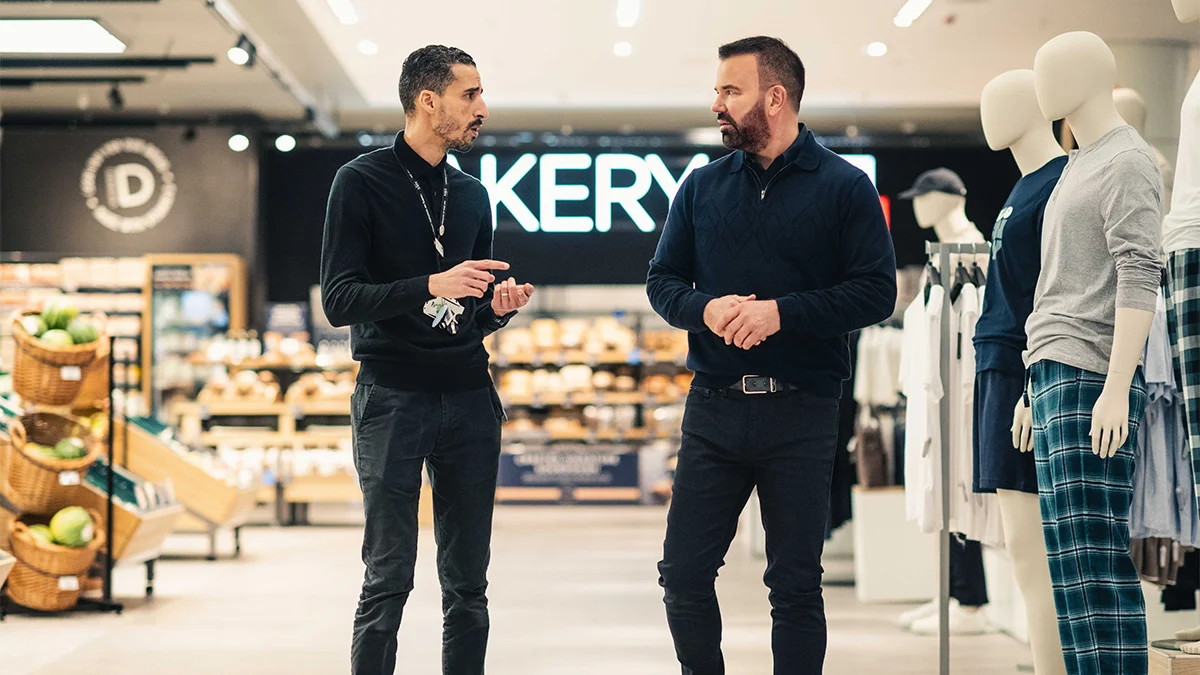
“What Archie did, which is what Archie is famous for, is to allow you to just talk the truth,” Machin says. “That shouldn’t be underestimated. It’s so powerful being able to get everything on the table. I remember one of the team saying to me: ‘I’ve worked here for 30 years and I know I’ll be leaving soon, but it’s the first time in those 30 years that all these issues are on the table for everyone to talk about.’
“Those cultural things surprised me [when I joined]. We were very defensive. The body rejects the organ quite quickly and people were very suspicious when I rocked up. I remember one of the biggest pieces of feedback when I did some listening groups was that there was no communication. So, every Monday I’d call people together and stand on a box in the middle of the office. Everyone had to come together. I would present the numbers, the things on my mind and we would do a Q&A about trade. Everybody loved it.
“But they didn’t like it when I said: ‘Well, there are really bad examples. We ran out of fish or this store wasn’t good.’ Whoa, you’re not allowed to say that. You can’t talk about things that aren’t good. So it was a real cultural shock. It feels very different to this day, by the way. Over the years we’ve got used to telling it as it is.”
Running M&S is a unique task. It has more than 60,000 employees, nearly 1,500 shops, annual revenues of around £13bn and posted pre-tax profits of £673m in its last financial year. It also gets a disproportionate amount of attention from both the media and the public. Being M&S chief executive is the business equivalent of being the England football manager.
Machin describes his strategy as “protect the magic, modernise the rest”. That can most clearly be seen in M&S’s newly renovated shops, such as in Brixton, London, which emphasise the brand’s heritage while introducing modern food halls and fashion.
“Protecting the magic is to bring to life the heritage of Marks & Spencer,” Machin says. “That’s the same whether it’s a store or whether it’s a product – quality, innovation and making sure it’s good value. Not premium, but you always pay a little bit more because it’s worth it. Modernise the rest is the significant transformation that we’ve been going through and will be for the next few years.”
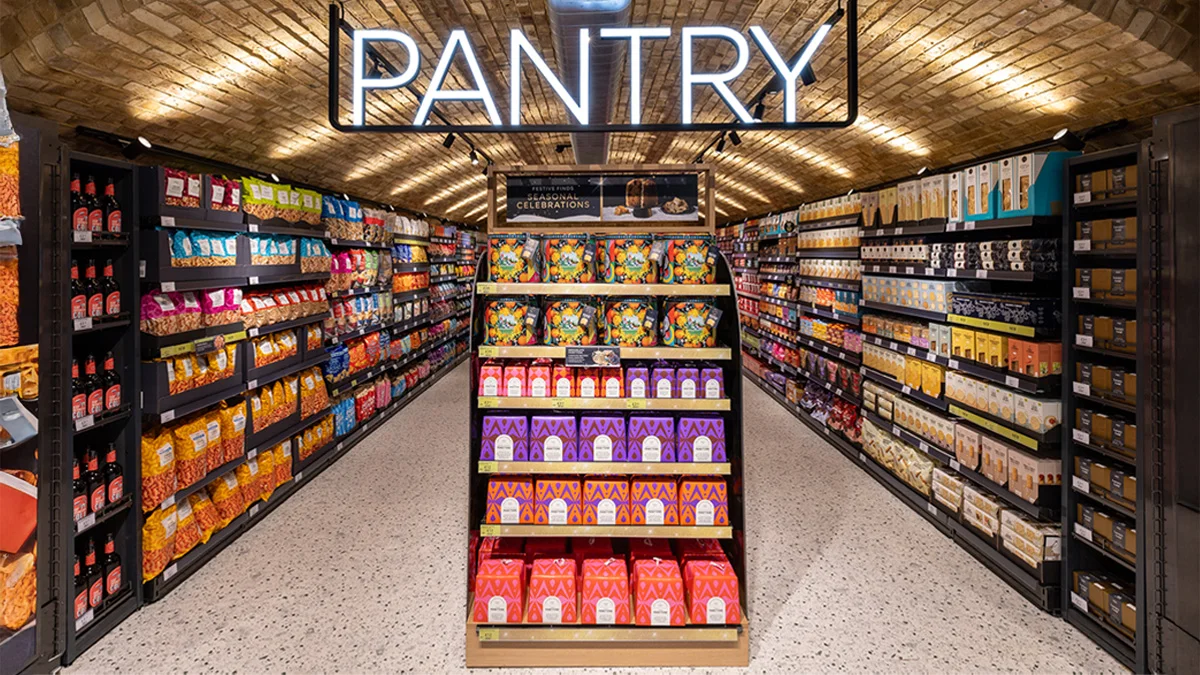
That transformation includes closing shops, reducing the amount of space that M&S dedicates to clothing and improving its online capabilities – and therefore growing online sales. “We have a target that 50 per cent of our clothing business will be online,” Machin says.
However, detailing this strategy and getting feedback from staff is one thing, delivering and executing the plan is another. That is where Machin’s passion for detail comes in. He keeps a black book where he writes down every product, the price, his views on it and comparisons with competitors. Store managers have his phone number so they can text him with questions and feedback.
“Today three colleagues from stores have messaged me,” he says. “But with that comes responsibility because you have to go back and say: ‘No, we’re not doing it’ or ‘No, I don’t agree’ or ‘Yes, and let’s do it now. Brilliant. Thank you.’ You have to own it. You can’t just get all these messages and fudge them.”
M&S also runs a scheme called “Straight to Stuart”, where any member of staff can contact him with ideas and get a reply. More than 25,000 people have written to him in his first two and a half years as chief executive.
“Everybody has a responsibility to improve and grow Marks & Spencer. We’re all here for the same thing,” says Machin. The M&S chief executive has another tactic for being in the details of the business. Not only will he walk around shops, speak to customers and get feedback from staff, but he makes surprise appearances on online message boards.
“I thoroughly enjoy looking internally at our communications and our community page, which is sometimes quite challenging. There are some comments on there and I read them and I reply. I say: ‘I don’t agree with this at all.’ And people go: ‘Is that really Stuart or a bot?’ And I go: ‘No, it’s me.’ Then it all goes quiet.”
Related and recommended

Fashion entrepreneur Dessi Bell explains why customers are looking for something different when they shop on the high street

Think assistants are just admin managers? Think again. They might be your greatest business asset

The home appliances inventor and entrepreneur explains what he’s learned from sponsoring Brentford FC
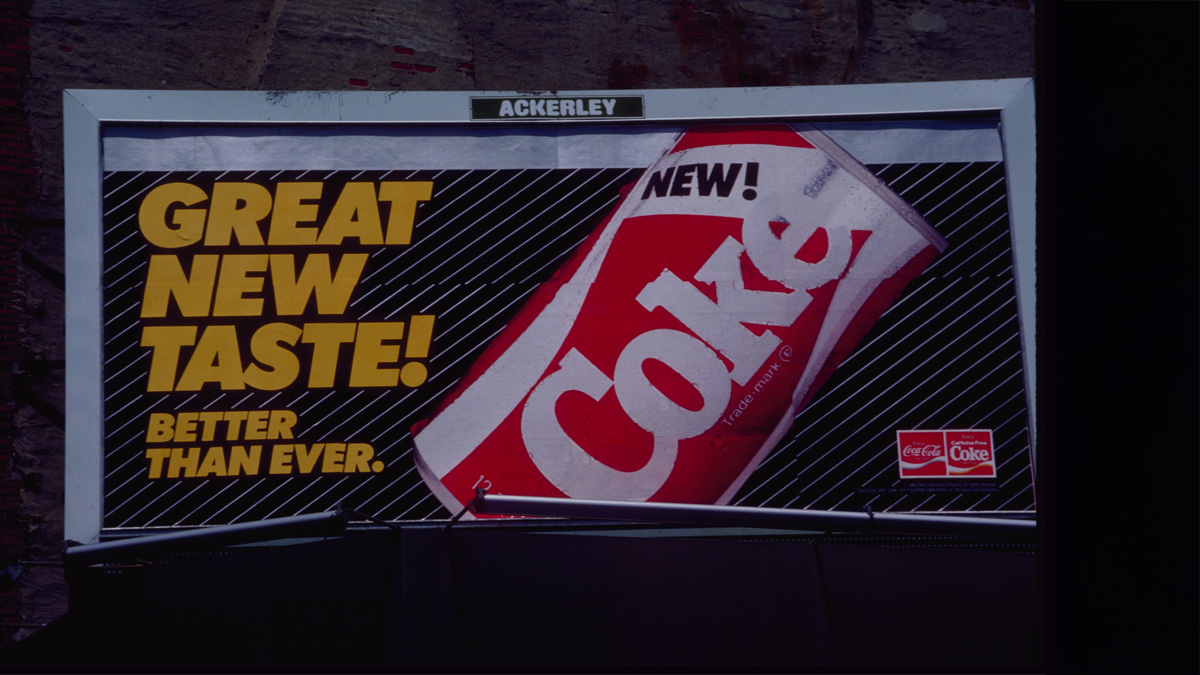
An ill-fated product launch 40 years ago became one of the biggest marketing blunders ever and still holds lessons today

